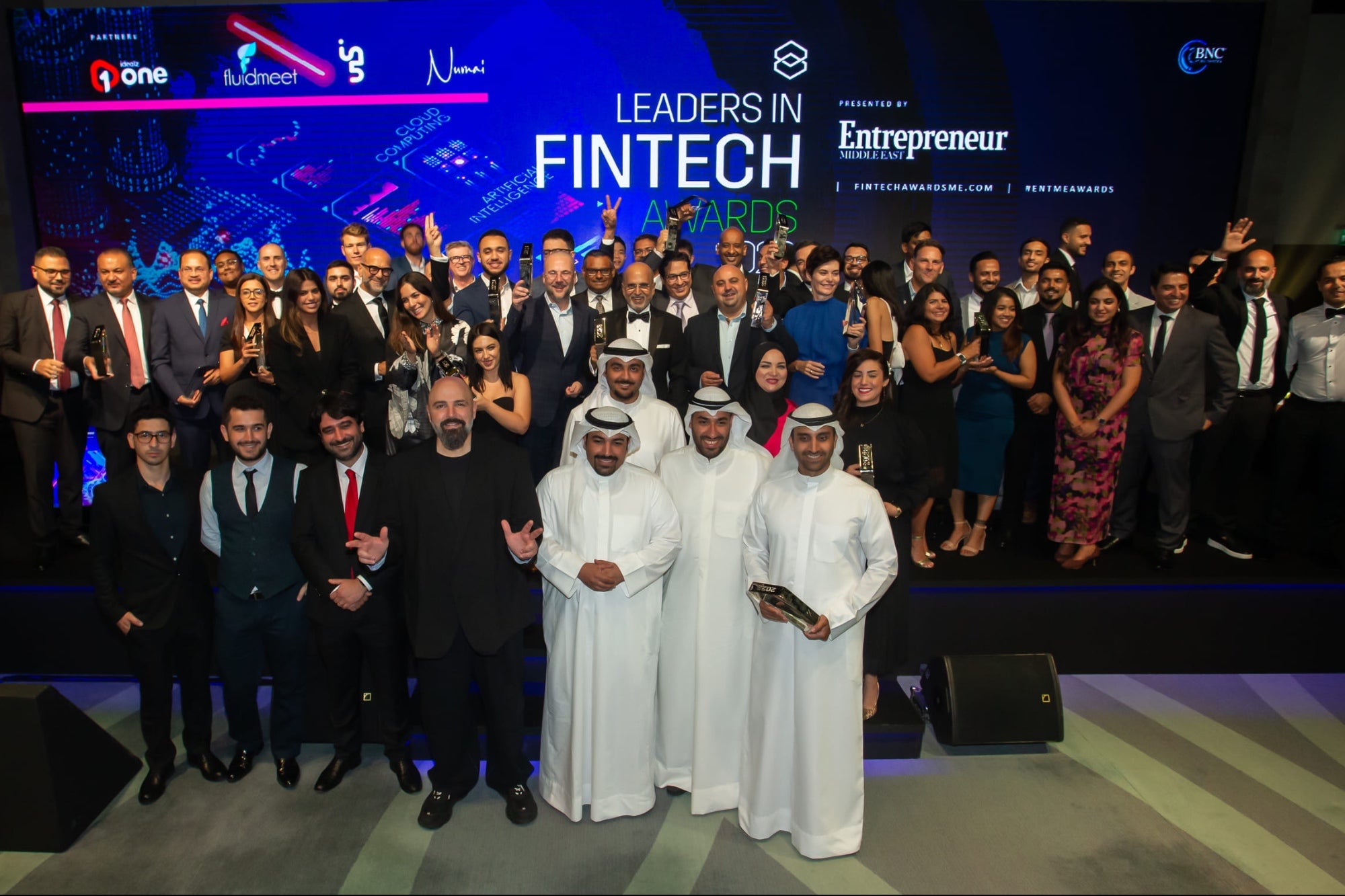How Design Thinking Can Help Foster An Entrepreneurial Mindset Researchers have identified nine concepts from the design thinking domain that can have direct application to entrepreneurship education
Opinions expressed by Entrepreneur contributors are their own.
You're reading Entrepreneur Middle East, an international franchise of Entrepreneur Media.

Over the past decade, there has been a rise in entrepreneurship education and training programs across the global K-12 and higher education landscape. Entrepreneurship is beginning to be seen not just as an engine of job creation and economic growth, but also as a mechanism to develop 21st century skills such as creativity, collaboration, self-efficacy, and critical thinking. In parallel, there has been an increased interest in the methods, tools, and processes of human-centered design, and their applications to workplace and educational settings.
Researchers have identified nine concepts from the design thinking domain that can have direct application to entrepreneurship education: setting ill-defined wicked problems, incorporating a formalized design thinking process model, allowing divergent and convergent thinking, building on iterations, establishing multidisciplinary teams, encouraging creative confidence, relying on informed intuition, and fostering a studio learning environment. So, how can you use design thinking principles to foster an entrepreneurial mindset within your school, workplace, or community? Here are four ways to do just that:
1. SET WICKED PROBLEMS
Wicked problems are described as issues that are complex, hard to define, intertwined, unique, and have unknown consequences. Examples include poverty eradication, sustainability, healthcare, and education; in the corporate context, this could include topics such as customer research, long-term strategy planning, and business model generation. In the design thinking practice, wicked problems are often phrased as "how might we" questions to encourage innovative ideas at the beginning of an ideation session. Take the time to set biannual or quarterly wicked challenges within your organization to encourage stakeholders across disciplines to participate and contribute to future planning.
Related: Promoting (Innovative) Critical Thinking In The MENA Workplace
2. INCORPORATE A PROCESS MODEL
A design thinking process model can help track progress, measure outcomes, and evaluate feedback from entrepreneurial activities. While there are multiple resources to choose from, the foundational five-step model of empathize, define, ideate, prototype, and test advocated by the Stanford d.school is a great place to begin. Having a process model in place can also help with creating a larger framework and timeline for entrepreneurial projects within your organization or community.
3. ALLOW FOR DIVERGENT AND CONVERGENT THINKING
Design thinking follows a double-diamond approach that allows for both divergent and convergent thinking styles. Divergent thinking is typically associated with imagination, originality, curiosity, and exploring multiple possibilities, whereas convergent thinking focuses on bringing ideas together to form single, concrete solutions. The key consideration is to have separate phases for these thinking styles, so as to avoid overly critical inputs at exploratory stages that could inhibit the creative process, or conversely, too many open-ended options without an actionable solution. Tools such as empathy mapping and customer journey mapping are great for divergent thinking, whereas idea selection, action planning, and prototyping tools are well-suited to convergent phases.
4. BUILD A STUDIO LEARNING ENVIRONMENT
Experimentation, collaboration, and active learning are important principles in the human-centered design framework. Physical and psychological spaces that encourage making, building, and team-based interactions are key to bringing these mindsets to life. In practice, this could look like anything from an online collaboration tool to a formal maker-space with design and technology instruments. The activities planned within these environments should ideally be flexible, iterative, and project-based, with the focus being on prototyping and testing multiple solutions.












